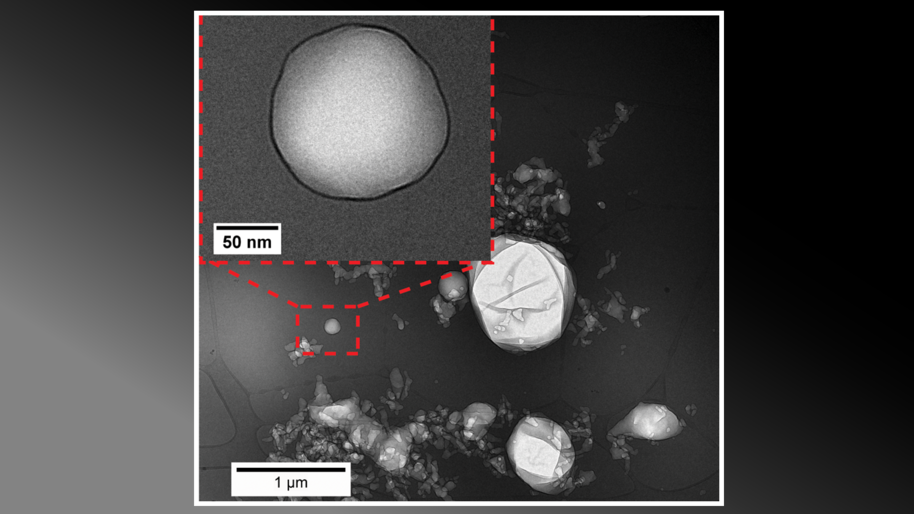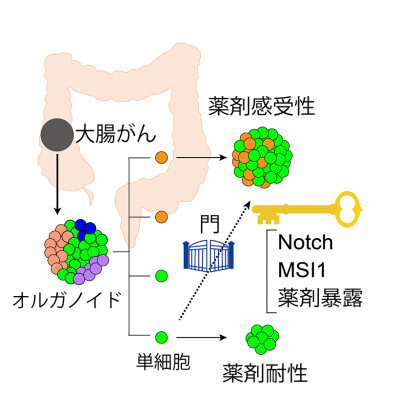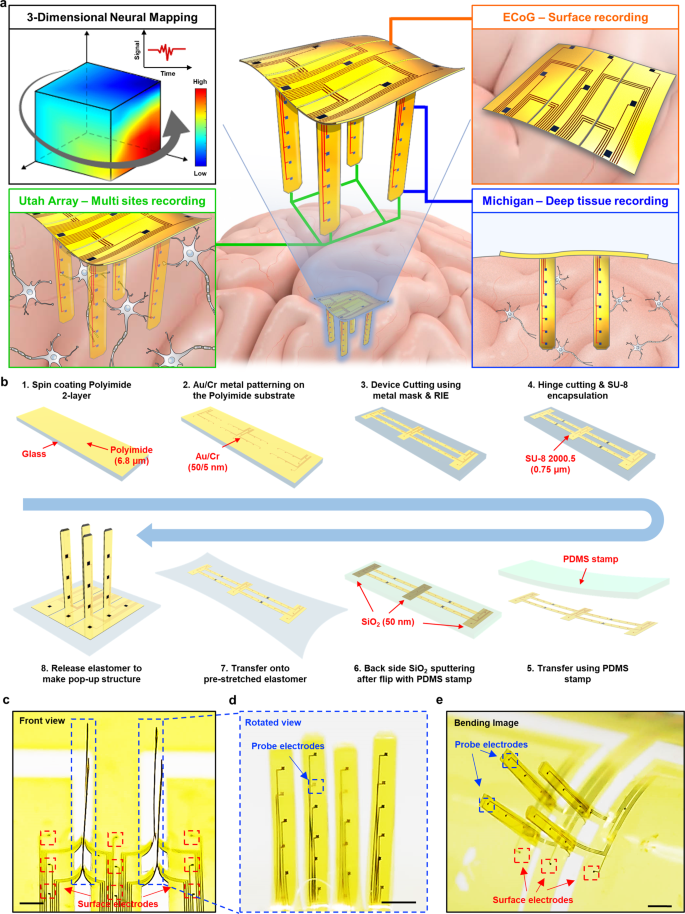細菌が細胞内に作る気泡にヒントを得て、小さな気体小胞にタンパク質をコーティングすることで同様のシステムを開発した。この気泡は安全で安定性が高く、医療用造影剤としても利用できる。例えば、心臓病や血流、肝臓の病変などの診断に利用できる可能性がある。 Inspired by the bubbles bacteria create inside their cells, researchers developed a similar system by coating tiny gas vesicles with protein. The resulting bubbles are safe, highly stable, and function as contrast agent in medical applications. They could be used to diagnose, for example, cardiological issues, blood flow, and liver lesions.
2023-01-20 フィンランド・アールト大学

◆研究者らは、長さ10~100マイクロメートルの巨大なガスベシクルと呼ばれる気泡を作り、マイクロピペット吸引法と呼ばれる手法でその機械的特性を測定した。この気泡は、菌類に由来するハイドロフォビンと呼ばれるタンパク質でコーティングされていた。さらに、研究チームは、マイクロスケールの物理学における圧縮性と空隙率の複雑さをよりよく理解するための理論を開発した。
◆気体ベシクルの力学的特性を研究し、独自のマイクロピペット技術を開発することで、人体で見られるような圧力に耐えられるほど安定した気泡を作ることができました」。この気泡は造影剤として機能し、将来的には超音波による心臓病、血流、肝臓病変などの診断に利用できる可能性があります」と、ヘダー・アルテルケ博士研究員は語っています。
<関連情報>
- https://www.aalto.fi/en/news/coating-bubbles-with-protein-results-in-a-highly-stable-contrast-agent-for-medical-use
- https://www.pnas.org/doi/10.1073/pnas.2211509120
巨大ガスベシクルの圧縮性と空隙率による力学特性の変調 Compressibility and porosity modulate the mechanical properties of giant gas vesicles
Hedar H. Al-Terke,Grégory Beaune,Muhammad Junaid,Jani Seitsonen,Arja Paananen,Jaakko V. I. Timonen,Jussi Joensuu,Françoise Brochard-Wyart,Robin H. A. Ras
Proceedings of the National Academy of Sciences Published:January 17, 2023
DOI:https://doi.org/10.1073/pnas.2211509120
Significance
Gas vesicles are produced in bacteria to achieve cellular buoyancy. These air-filled protein structures were the inspiration for developing a similar system to serve as contrast agents for ultrasound imaging. To characterize their mechanical properties, we study here the micropipette aspiration of giant gas vesicles formed by coating microbubbles with surface-active proteins adsorbed on their surface. We observe a variety of behaviors, such as large or remanent deformations. We extend current theoretical models of vesicle suction to compressible gas-filled systems and introduce the measurement of bubble permeability with this technique. We highlight the possibility of using engineered bubbles for echogenic applications and therapeutic techniques.
Abstract
Gas vesicles used as contrast agents for noninvasive ultrasound imaging must be formulated to be stable, and their mechanical properties must be assessed. We report here the formation of perfluoro-n-butane microbubbles coated with surface-active proteins that are produced by filamentous fungi (hydrophobin HFBI from Trichoderma reesei). Using pendant drop and pipette aspiration techniques, we show that these giant gas vesicles behave like glassy polymersomes, and we discover novel gas extraction regimes. We develop a model to analyze the micropipette aspiration of these compressible gas vesicles and compare them to incompressible liquid-filled vesicles. We introduce a sealing parameter to characterize the leakage of gas under aspiration through the pores of the protein coating. Utilizing this model, we can determine the elastic dilatation modulus, surface viscosity, and porosity of the membrane. These results demonstrate the engineering potential of protein-coated bubbles for echogenic and therapeutic applications and extend the use of the pipette aspiration technique to compressible and porous systems.


